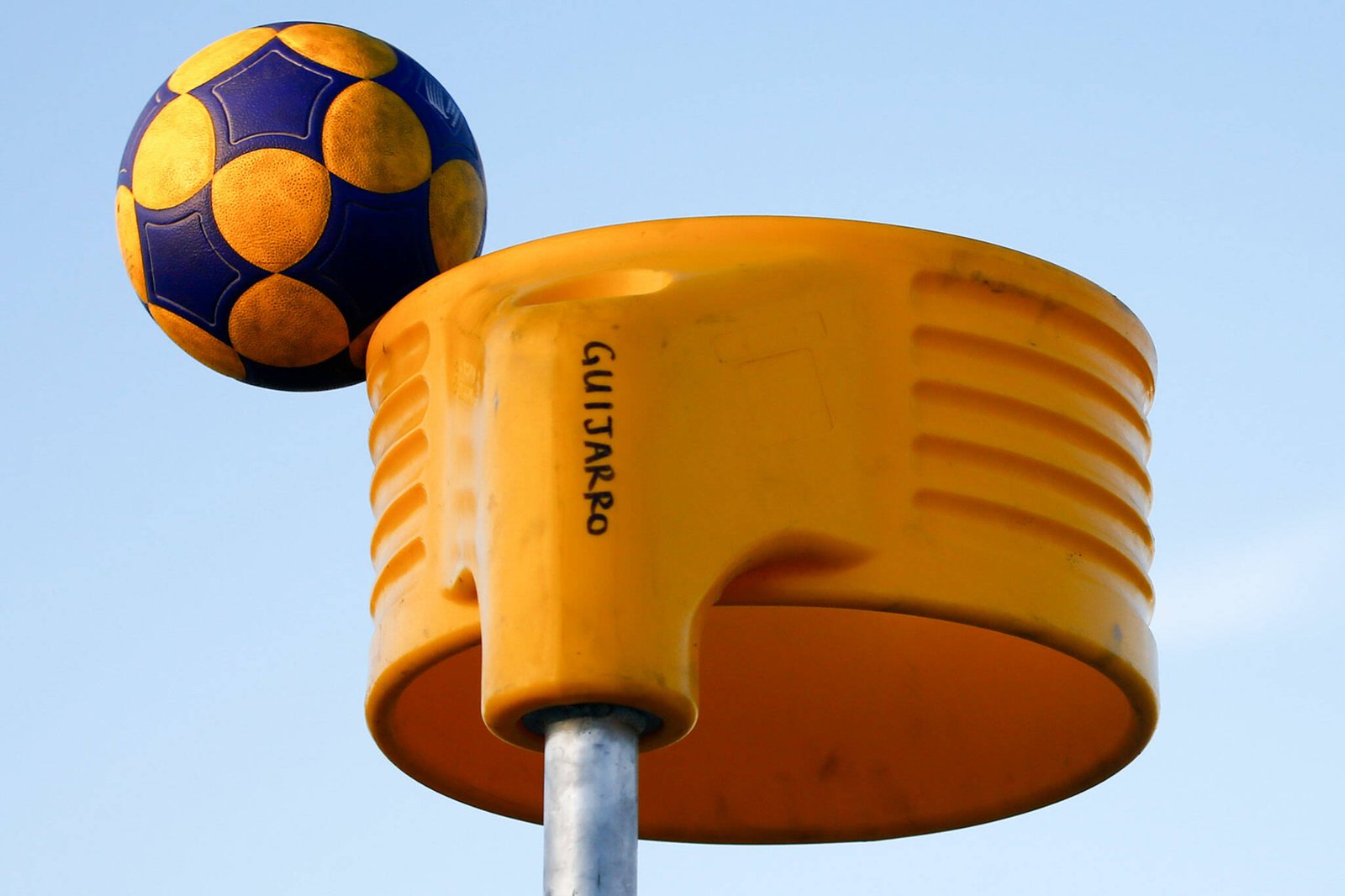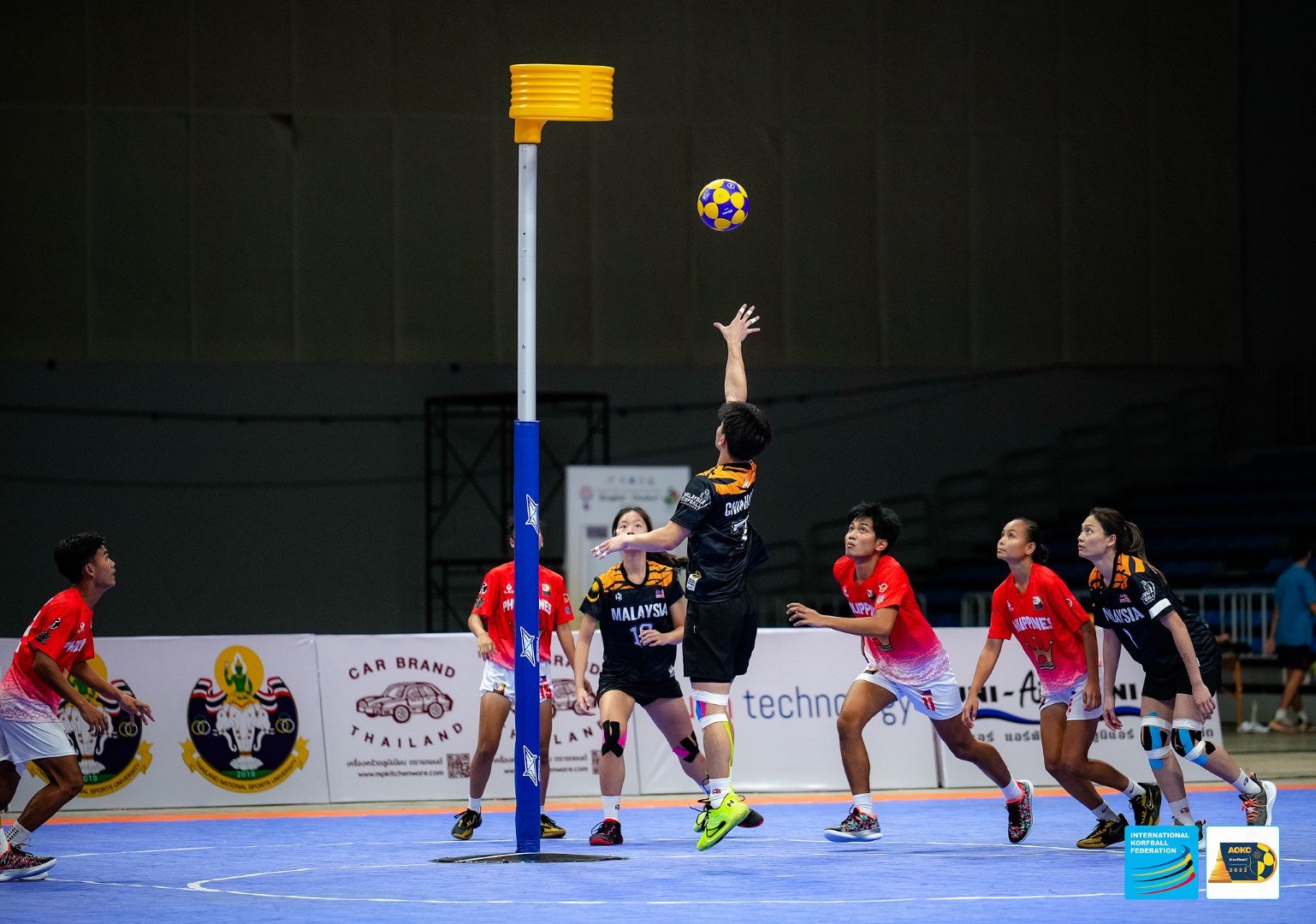Understanding korfball tactics can significantly enhance a team’s performance. While physical skill and technical ability are essential, it’s strategic thinking that often makes the difference in close games. Whether you’re a new player trying to grasp the basics or an experienced athlete looking to refine your approach, this guide covers common offensive and defensive tactics in korfball to help you play smarter and more effectively.
The Role of Tactics in Korfball
Tactics in korfball revolve around positioning, timing, and teamwork. Since the sport prohibits running with the ball and allows for gender-balanced defence, success depends on coordinated movement and decision-making rather than raw athleticism.
Tactical knowledge helps:
- Create more scoring opportunities
- Prevent easy goals from the opposition
- Improve overall team cohesion
- Adapt to different opponents and situations
Let’s break down the key tactics used on both ends of the court.
Offensive Tactics in Korfball
Effective offensive tactics are designed to create open shooting opportunities and disrupt the opposing defence. Here are some of the most common and effective attacking strategies in korfball:
Block and Cut
A player sets a screen or block to allow a teammate to cut into space for a shot.
- Encourages quick movement and coordination
- Effective when defenders are overly aggressive
- Timing is crucial for success
Feeds and Assists
One player (the feeder) positions near the korf to receive the ball and set up others for shots.
- Feeder plays a central role in orchestrating attacks
- Creates dynamic movement around the korf
- Enables quick passes and short-range shots
Switching Roles
Attackers rotate roles frequently to confuse defenders and prevent predictability.
- Keeps the defence guessing
- Increases chances of a mismatch
- Promotes fluid, team-based play
Rebound Control
Assigning a player to secure rebounds allows for second-chance opportunities.
- Important after missed shots
- Helps maintain possession
- Requires strength and good positioning
Isolation Play
Occasionally isolating a skilled shooter against a weaker defender can be effective.
- Focuses offensive energy on one matchup
- Works well with proper spacing and timing
- Should be used selectively to avoid predictability
Defensive Tactics in Korfball
On the defensive end, the goal is to prevent clean shots and force mistakes. Since direct contact is not allowed, positioning and anticipation are key.
One-on-One Defence
Each player marks one opponent, typically of the same gender.
- Basic form of defence
- Relies on positioning and footwork
- Effective against simple attacking plays
Front Defending
Defenders position themselves between the attacker and the korf.
- Makes passing and shooting more difficult
- Useful against strong post players or feeders
- Demands good spatial awareness
Denying the Feed
Cutting off the feeder can disrupt offensive rhythm.
- Reduces assist opportunities
- Forces attackers to reset or take rushed shots
- Best combined with team communication
Zone-Like Awareness
Although man-to-man is standard, teams can shift to semi-zonal awareness when needed.
- Helpful when double-teaming or anticipating screens
- Involves reading the game and adjusting in real-time
- Requires high levels of trust and communication
Pressure Without Contact
Applying pressure through close marking and positioning without making physical contact.
- Essential due to korfball’s non-contact rules
- Can intimidate attackers and cause errors
- Builds mental pressure over time
Communication and Teamwork
No tactic works without communication. Clear calls, visual signals, and mutual understanding elevate the effectiveness of every strategy.
- Call out switches, screens, or mismatches
- Signal for rebounds or feeding roles
- Adjust formations quickly when needed
Practising communication drills in training sessions can translate to better in-game coordination.
Adapting Tactics Based on Opponents
Korfball tactics are not one-size-fits-all. Teams must be prepared to adapt depending on their opponent’s strengths and weaknesses.
- Use isolation tactics against mismatches
- Apply more pressure against nervous shooters
- Slow the game down against faster teams
Flexibility and awareness during play can help teams shift their tactical approach mid-game.
Drills to Practise Tactical Play
Here are a few drills that help embed tactics into team play:
Screen and Cut Simulation
- Practice setting screens and making sharp cuts
- Emphasise timing and communication
Feeder Rotation Drill
- Rotate players into the feeder role
- Practise receiving, passing, and assisting
Rebound Challenge
- Two teams compete for rebounds after missed shots
- Focus on positioning and anticipation
Shadow Defence
- Defenders mirror attackers without contact
- Builds footwork and body control
Final Thoughts
Understanding and applying tactics in korfball transforms a group of players into a cohesive team. With offensive strategies designed to create space and scoring opportunities, and defensive approaches aimed at limiting your opponent’s effectiveness, tactics are the bridge between skill and success.
By practising regularly, communicating clearly, and staying adaptable, your team can execute strategies that lead to more consistent and effective performances on the court.


